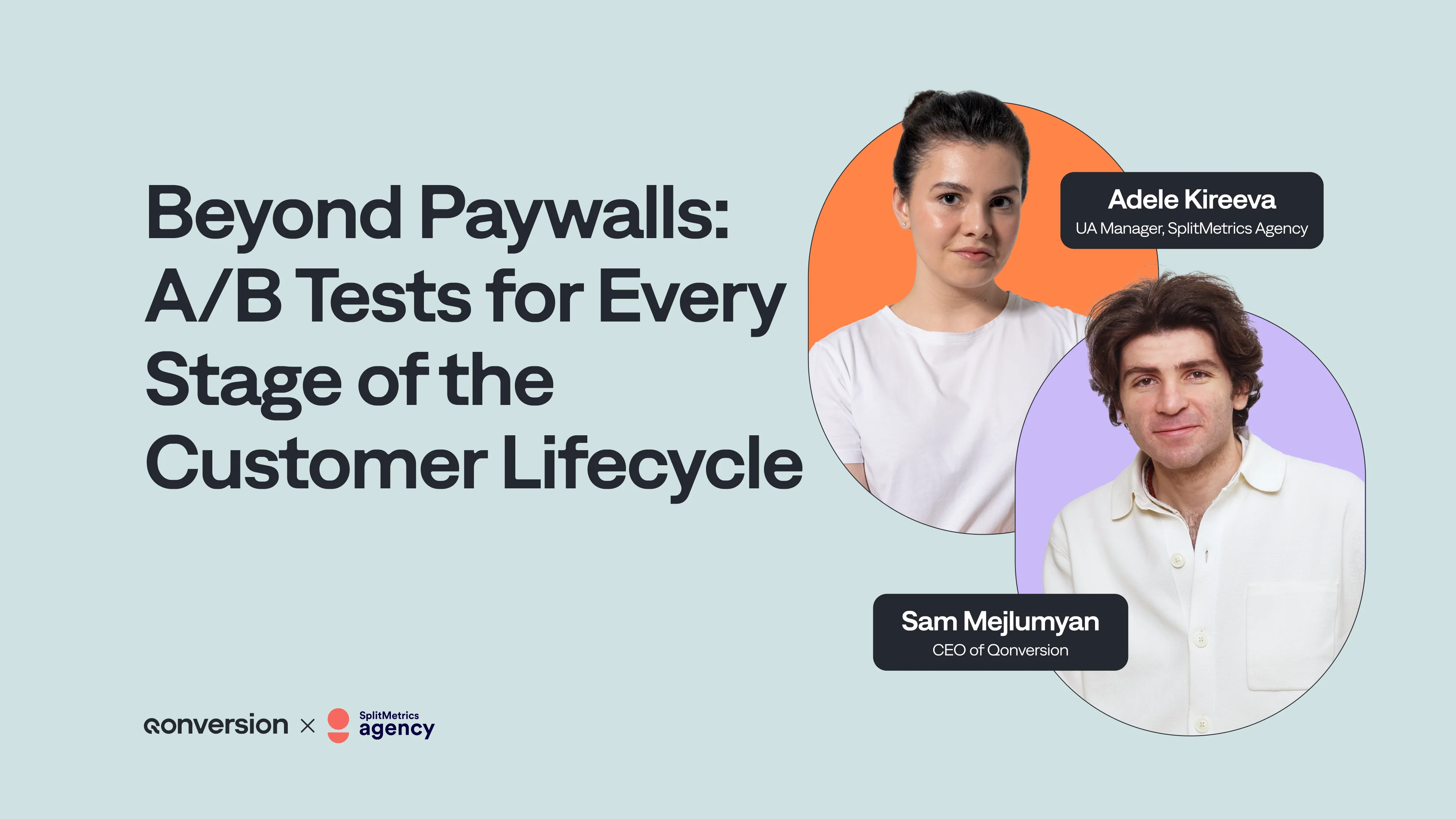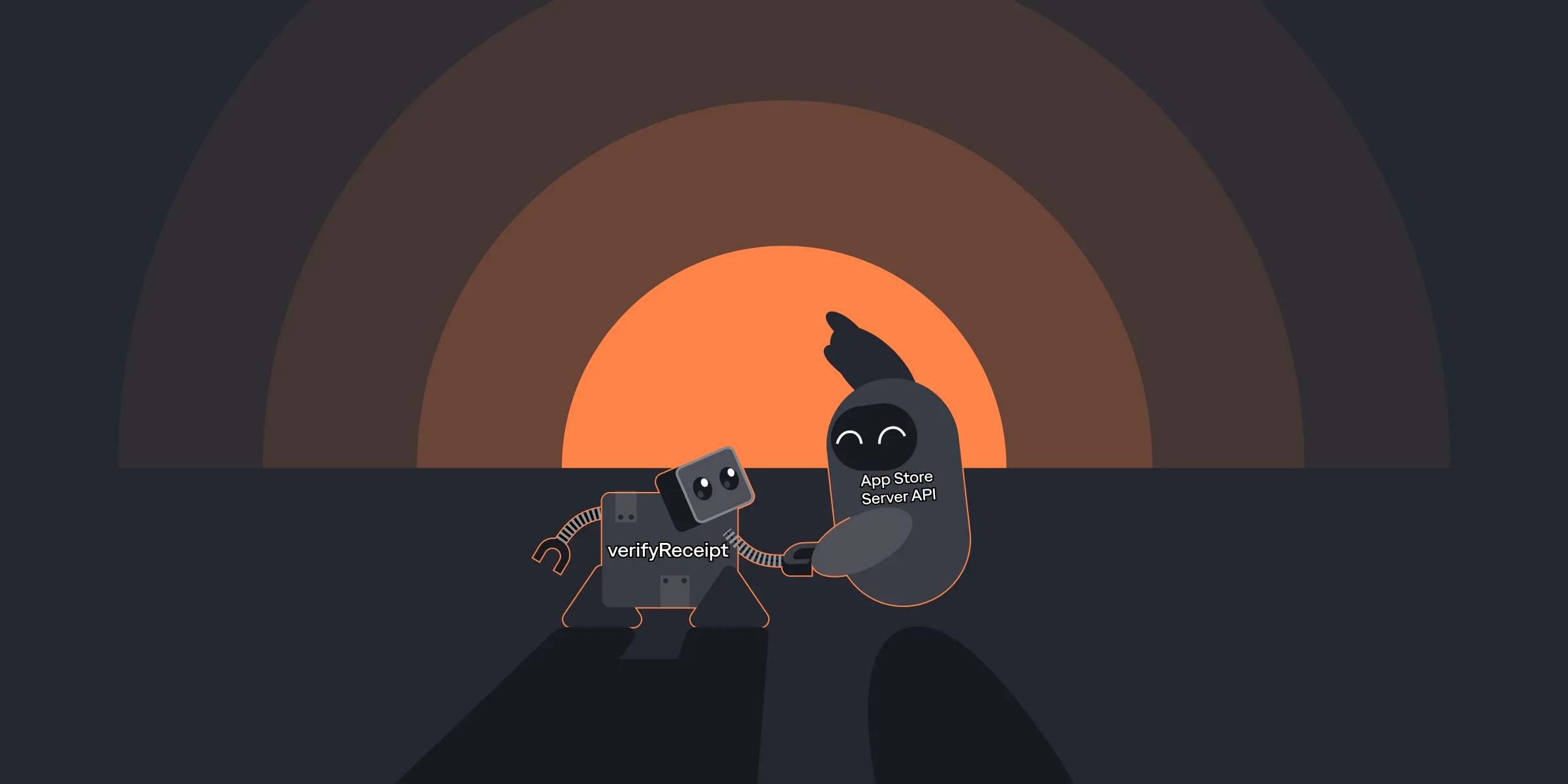Churn Prevention Strategies for Subscription Apps
Churn Prevention Strategies for Subscription Apps

Kate

Kate
Feb 8, 2022
Feb 8, 2022
Churn converts directly into lost revenue, and if churn outpaces your acquisition, then your app’s revenue is not growing or declining. The reasons for churn and the right tools to prevent it is key to business growth. In this article, together with Alice Muir and Paulo Golovattei from Phiture, we’ll review the approaches to measure, prevent, and decrease churn.
Churn converts directly into lost revenue, and if churn outpaces your acquisition, then your app’s revenue is not growing or declining. The reasons for churn and the right tools to prevent it is key to business growth. In this article, together with Alice Muir and Paulo Golovattei from Phiture, we’ll review the approaches to measure, prevent, and decrease churn.














